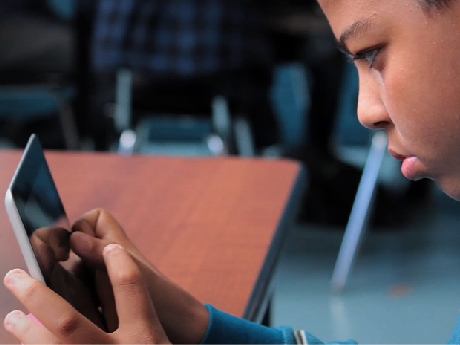How Digital Technology helps to Transforming Education?
Posted On : Friday, 30th September 2016
Contemporary education systems face a range of challenges, including delivering on their equity commitments and ensuring that all students regardless of location or socio-economic status have access to a high quality education. While governments have invested in a range of proactive initiatives to mitigate the effects of isolation for remote and underserved students, more can be done. The installation of collaboration technology into schools is becoming increasingly important to education systems that want to be able to make `live’ video available to students.
How live video technology is used in education
Live video technology describes a set of tools, including web-based platforms and room-based systems, that enable real-time video communication between people at multiple locations. Live video technology is part of a broader suite of tools referred to as ‘digital collaboration technology,’ which includes a diverse range of applications such as screen casting, social networking, document collaboration and multimedia learning. The value of live video – and its capacity to positively impact student learning – becomes even more powerful when augmented with these other digital collaboration tools.
Pre-requisites for sophisticated use of technology
Global literature and consultations identified four factors critical to effective uptake of technology and realisation of benefits:
Winning hearts and minds (motivation): Change management is critical
Digital literacy and technology-enabled pedagogy (capability): This is one of the most crucial of all the prerequisites because it involves getting teachers and students to actually change behaviours, not just attitudes
Compelling curriculum and learning opportunities (content): While content abounds on the Internet, the availability of compelling, relevant and high quality live video content has proved challenging. This is starting to change with a number of institutions now offering virtual exclusions to school classes
Robust, scalable and secure platform (infrastructure): The transformation of education is not possible without the right underpinning infrastructure
Future use of technology
Schools are generally positive about the outlook for digital collaboration and video technology and there is significant potential to increase the amount and sophistication of use. Doing so will also position schools to more effectively meet government policy objectives. The majority of schools Cisco works with believe that the use of live video is likely to increase over the next two years, and in a recent survey a network of remote schools indicated overwhelmingly that live video technology will have a positive impact on the quality of student learning over the next 5 years.
Conclusion
The investments at the network layer have equipped schools for ‘digital learning,’ and the deployment of live video technology is gaining momentum. The challenge is to realise the full value of its investment within schools to realise anticipated benefits from use of the technology and achieve a true digital transformational impact in education.
Image Source : http://www.edutopia.org/sites/default/files/styles/share_image/public/cover_media/webb-leading-learning-digital-transforamtion-460x345.jpg?itok=LabjgSQn
Post Your Comments for this Blog Post
Blogs
South India spends most on higher education
How to pass exams when there is no time to revise?
Research proven tips for increasing childs IQ
How to pursue a course in Australia?
The Ultimate Student Guide For Surving Final Exams
How to crack UPSC Civil Services interview round?